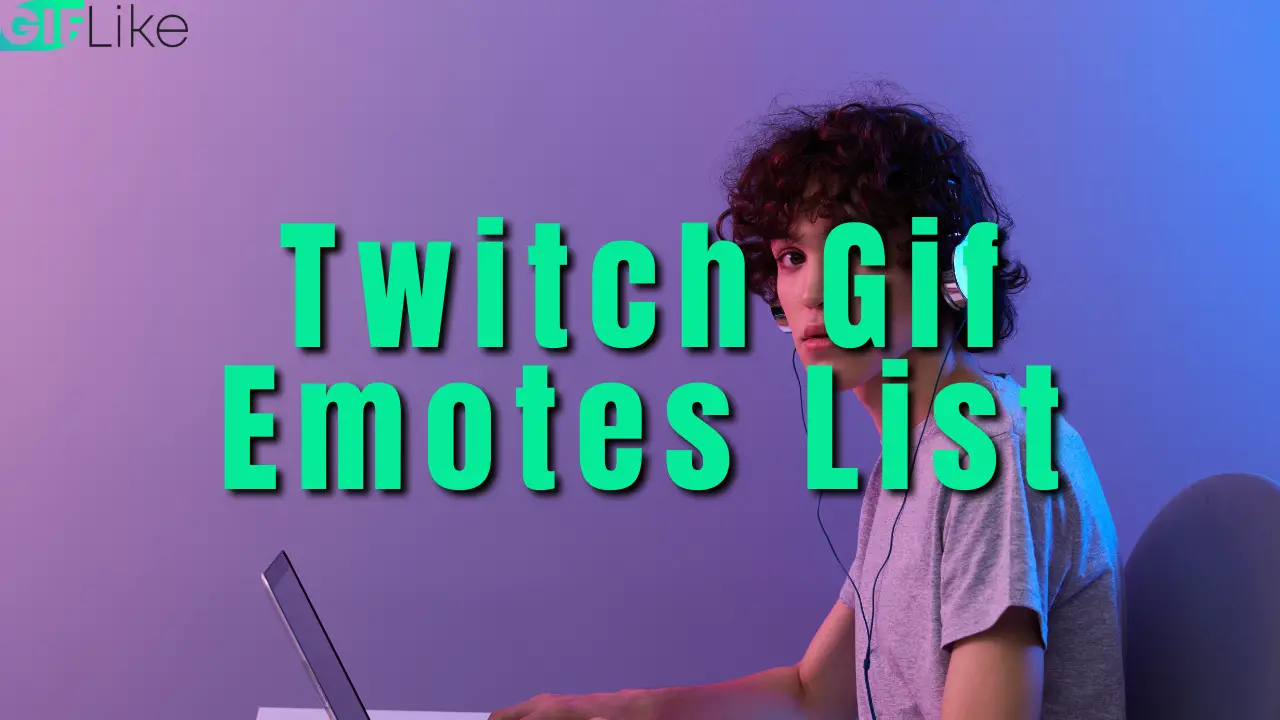I love this tool for creating amazing gifs on the fly. Check it out here
GIFs or Graphics Interchange Format files have been around since 1987. They are usually used to display short animations or images. Recently, they have become popular on social media websites like Facebook and Twitter. They are commonly used to capture short, funny moments on the internet and can be inserted into nearly any platform.
By reducing the size of the GIF and using an appropriate file format, you can minimize the amount of data they use. GIFs store data in a stream of images. A GIF file contains one or more images that are displayed sequentially, usually as part of a looping animation. The GIF file format is designed to support the storage of as many images as necessary in order to display the animations effectively.
But, do GIFs use a lot of data? And if they do, is there a way to reduce the amount of data they consume?
In this blog post, we’ll answer those questions and offer some tips for reducing the amount of data used by GIFs.

Do GIFs Use A lot of Data?
No, GIFs actually use very little data. In fact, they are one of the most efficient ways to communicate online.
A GIF file consumes far less data than any other format. Because quality is not impacted in this form, it is supposed to be the ideal format for text, pictures, comic arts, and animations.
It’s smaller than any other because it has just 256 colors around it. The colors it has are a means of the colors used in every frame. That’s why old GIFs look terrible: because they were created with only 256 colors.
The average size for a GIF is about 20 kilobytes (kb). For comparison, the average size for a JPEG is about three times that.
So, if you want to send someone a five-megabyte (Mb) photo, it would be best to do so in the form of a GIF.
The same goes for animations and videos! If you want to post a video on your website, it is best to use a GIF instead of any other format.
GIFs are a great way to add some personality to your website or blog post. Not only do they use less data than other formats, but they also help keep your readers engaged and entertained
Do Text GIFs Use Data?
Text GIFs are a great way to communicate with friends and family, but you may be wondering if they use data. The answer is yes, text GIFs do use data.
However, the amount of data used is very small. For example, a typical text gif only uses about 12 kilobytes of data. That’s less than one percent of the data that a typical photo uses. So, if you’re worried about data usage, text gifs are a great option.
That being said, there are a few things to keep in mind. First, if you’re sending text GIFs over a cellular connection, you may be charged for data usage. Second, if you’re sending text GIFs to someone who doesn’t have an unlimited data plan, they may be charged for data usage as well.
So, if you’re careful about how many text GIFs you send and who you send them to, they can be a great way to communicate without using up a lot of data.
Are GIFs Large Files?
No, GIFs are not large files. In fact, they are typically much smaller than other image file types.
This makes them a popular choice for online content as they can be easily and quickly shared without taking up too much bandwidth or storage space.
Additionally, GIFs can be used to create short animations that add interest and visual flair to web pages and other online content.
While they may not be the best option for high-resolution images, GIFs are an excellent choice for adding movement and personality to your website or blog.
If you’re interested in using GIFs to add some fun and interest to your online content, there are a few things you should know.
First, not all GIFs are created equal. Some gifs are low quality and may appear blurry or pixelated.
It’s important to choose wisely when selecting a GIF to share. Finally, it’s important to consider the file size of a GIF before sharing it as large files can take longer to load.
Do You Need Data to Send a Gif?
Yes, you need data to send a GIF. You also need data to view a GIF.
GIFs are usually small files, but they can use up a lot of data if you’re watching them on a cellular network. Make sure you have enough data to send and view GIFs before you start using them.
GIFs are actually pretty efficient when it comes to data usage. They’re compressed files, so they don’t take up a lot of space. And since they’re short and looped, you don’t have to watch them for very long to get the point.
But if you’re watching a lot of gifs on your phone, you might end up using more data than you expected. So be careful not to go over your monthly limit, or you might have to pay extra.
How To Reduce The Data Usage Of A GIF?
For starters, it’s important to note that not all GIFs are created equal. Some GIFs are much larger in file size than others and, therefore, use more data. So, if you’re looking to reduce the amount of data your GIFs use, it’s important to opt for smaller files whenever possible.
There are also a few things you can do while you’re watching a GIF to reduce its data usage. For example, pausing the GIF when it’s not in use can help save bandwidth. Additionally, closing the GIF window when you’re finished viewing it will also help conserve data.
Finally, if you’re really looking to cut down on the amount of data your GIFs use, you can always convert them into a static image. This won’t allow you to view the GIF in motion, but it will significantly reduce its file size and, as a result, the amount of data it consumes.
What Uses More Data: GIF or Video?
A video uses less data than a GIF of the same length. A video has considerably fewer space requirements than a GIF of equivalent duration. You can make excellent use of GIFs if you’re working with limited colors, have well-defined lines and edges, and intend to utilize them frequently.
Videos, on the other hand, are more versatile. You can edit them with filters and special effects, add text or logos, or even create stop-motion animations. Videos offer a lot of creative potential that GIFs simply can’t match.
When it comes to file size, videos are the clear winner. A video that’s just 30 seconds long can be as small as 12 megabytes, while a GIF of the same length could easily take up 100 megabytes or more.
So if you’re looking for an easy way to reduce page load times, improve your website’s performance, or send GIFs on mobile, using videos instead of GIFs is a good strategy to consider.
How do GIFs work?
GIF stands for “Graphics Interchange Format.” It’s a popular image format that was originally created in 1987 by CompuServe. The GIF format is widely used on websites and social media, but it has its drawbacks as well. The most obvious drawback is that GIFs only support a limited color palette.
Most GIFs have 256 colors, although some have just 8-bit color depth. GIFs are also relatively large files. A GIF file can be as large as 2 MB, and a 20-second video can be close to 3 MB. The good news is that GIFs are fairly easy to create and use with digital tools. You don’t need special skills or software to make one.
How much data do GIFs use?
The amount of data a GIF file can hold depends on the individual GIF itself. A 10-second video using a 256-color palette would use 240K of data (1/2 MB).
However, depending on how it is used, a GIF can use much less or more. For example, a 10-second GIF that loops around and shows each frame repeatedly would use about 5K of data when viewed. A 20-second video with the same color palette would use only 30K (1/3 MB). Many GIFs on the Internet are composed of multiple frames and, therefore, use less data than one single frame.
GIFs can be archived using several different formats. The GIF87a format is a version of the GIF89a format, which stores only two frames per file. The newer GIF89a format allows for up to 8 frames per file and can store up to 16 million colors. Many GIFs are compressed using the LZW algorithm.
The GIF format allows for animation in several ways:
GIF files can be created and manipulated using several different applications, including Paint Shop Pro, Microsoft Picture It, and Adobe Photoshop, or with a wide variety of graphical editors.
Conclusion
GIFs are the most popular archive format for websites, accounting for about 15% of all images on the Internet. They use a small amount of data (compared to other formats, such as JPEG or PNG) but are much larger than text files.
As a result, GIFs are often used in situations where a small amount of data is required, such as in email (which has a very short lifespan). The widespread use of GIFs provides a great opportunity for data compression and is an example of the “data crunching” that web developers can do with modern browsers.






